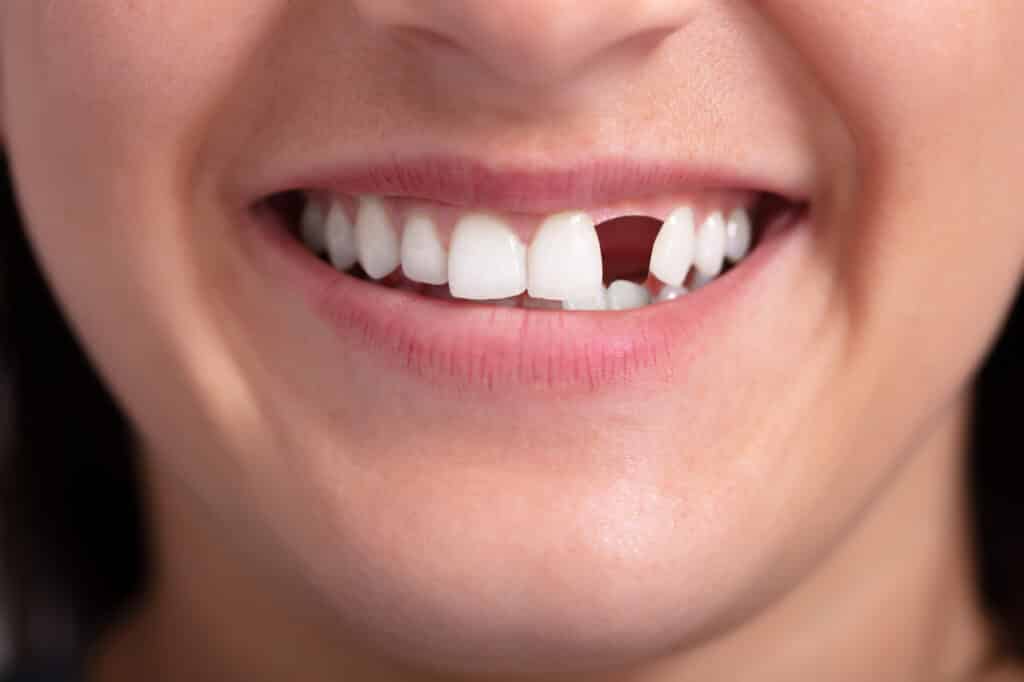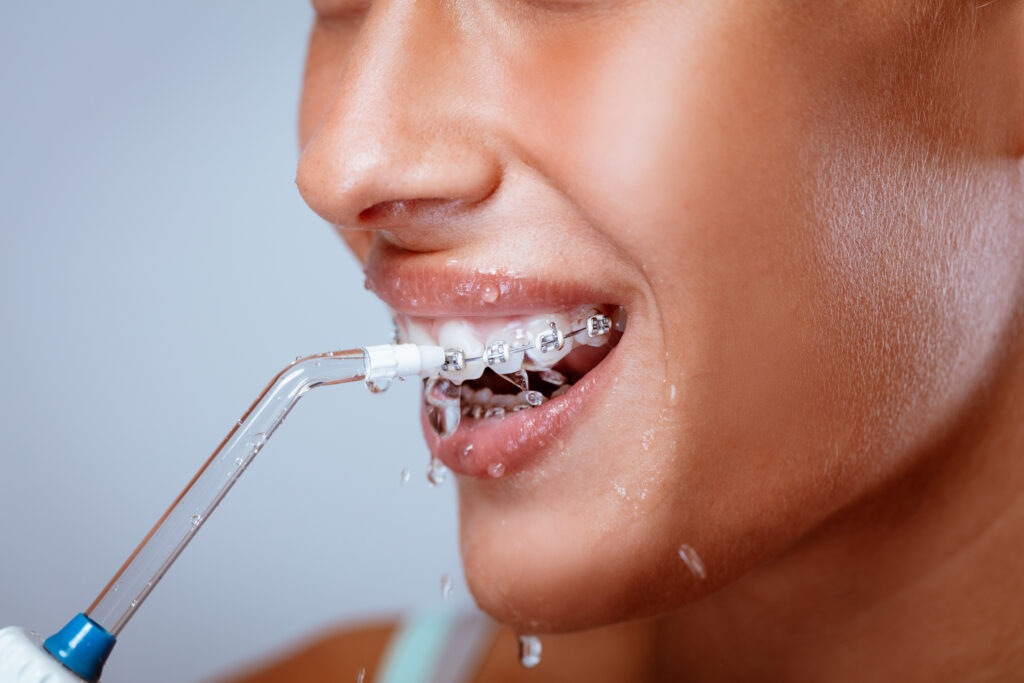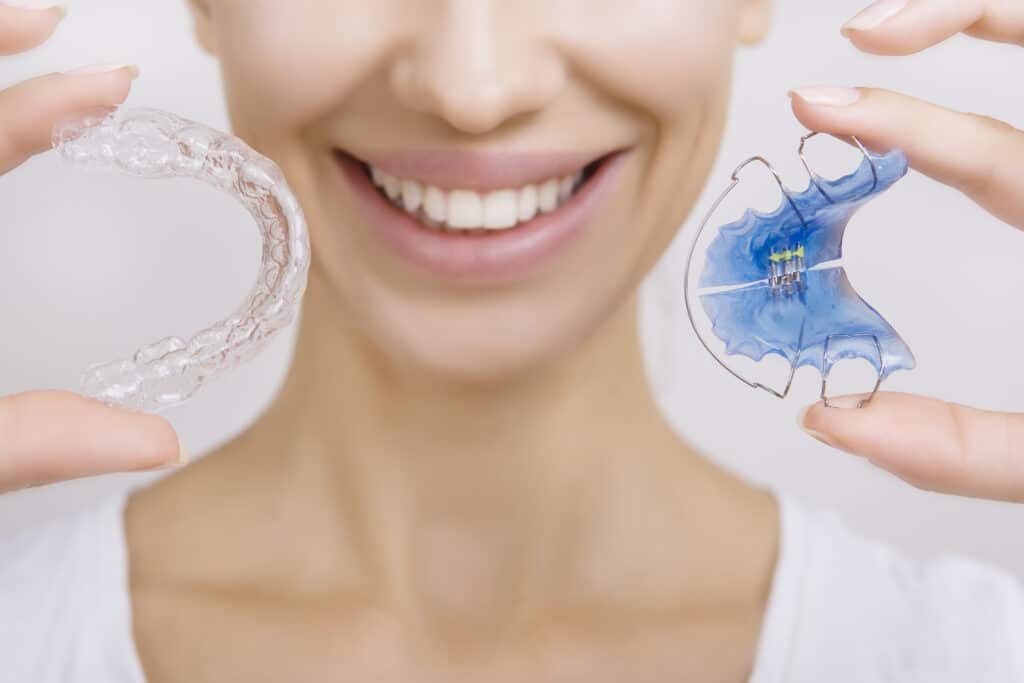
Maintaining a healthy, beautiful smile requires special care and attention, especially after undergoing orthodontic treatment. Whether you’ve just finished straightening your teeth with braces or clear aligners, the next step in your orthodontic journey is choosing the right type of retainer to preserve your teeth’s alignment.
At VIP Smiles, we understand the significance of this decision, and we’re here to guide you through the benefits and drawbacks of removable and permanent retainers. Keep reading to learn more about your options so you can make informed decisions regarding your oral health.
The Purpose of Retainers
Before getting into the nitty gritty differences between removable and permanent retainers, let’s explore their common goal. Both types of retainers aim to prevent your teeth from shifting out of place following orthodontic treatment. This is crucial because the bones and soft tissues in your mouth need time to adapt to your teeth’s new positions. Without the support of a retainer, you risk undoing all the hard work you just went through to straighten your smile.
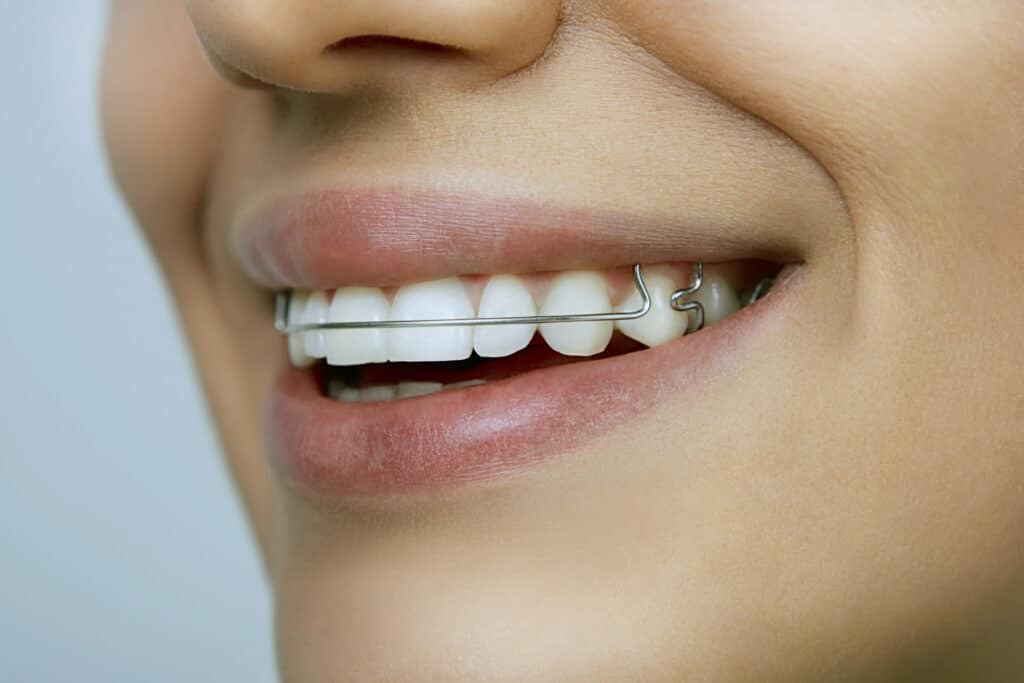
Removable Retainers: Flexibility and Maintenance
Because of their flexibility and ease of maintenance, removable retainers are a popular choice among orthodontic patients. They are typically made of clear plastic or acrylic and custom-made to perfectly fit your unique smile. Here are some key advantages to choosing a removable retainer:
- Easy maintenance: Removable retainers are easy to clean and maintain. Regular brushing, along with soaking in a special retainer cleaning solution, is usually all you need to do to keep them in pristine condition.
- Convenience: The ability to take out your retainer allows for easier cleaning of both the retainer and your teeth. This contributes to better oral hygiene, reducing your risk of developing cavities and gum issues.
- Eating and speaking: Another significant advantage of removable retainers is that they allow you to enjoy your favorite foods without restrictions. Plus, you may find it easier to speak with a removable retainer, as you can take it out when necessary.
However, there’s a significant drawback to removable retainers — their success depends on patient compliance. To prevent relapse, you must remember to wear your container consistently, as prescribed by your orthodontist.
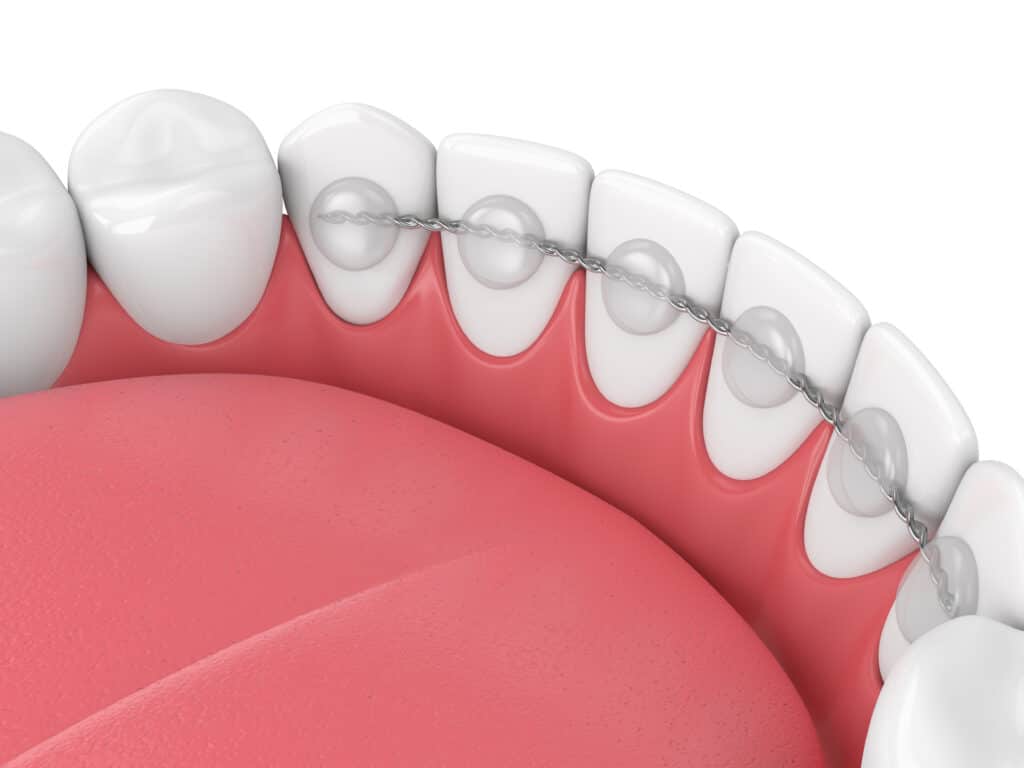
Permanent Retainers: Set and Forget
Permanent retainers, also known as bonded or fixed retainers, are typically composed of a thin wire that’s affixed to the back of the teeth. They offer a more hands-off approach to maintaining your newly straightened smile. The benefits of permanent retainers include:
- Continuous support: Since permanent retainers are bonded to your teeth, they provide the support you need without compliance requirements. This makes them an ideal choice for patients who struggle with consistently wearing their removable retainers.
- Invisible and low maintenance: Once they’ve been installed, permanent retainers are virtually invisible and require minimal maintenance; however, regular dental check-ups are needed to ensure they remain intact and perform their job effectively.
- Long-term stability: Permanent retainers are designed for long-term use, providing long-lasting stability to prevent any shifts in tooth alignment.
Permanent retainers are not without their drawbacks, though. They’re not exactly permanent, per se; they may de-bond or break off, which necessitates potentially costly replacement or repairs. They can make it difficult to effectively clean and floss your teeth and may trap food particles that could eventually cause cavities or gum disease. Plus, some individuals find it uncomfortable to have their tongue constantly brushing against the wire.
Choosing Between Removable and Permanent Retainers
All things considered, the decision between removable and permanent retainers depends on many different factors, including your lifestyle, preferences, and personal needs. As you navigate different options, you must consider your oral hygiene habits, commitment to retainer wear, and any specific challenges you may face.
It’s essential to consult with your dentist or orthodontist for expert recommendations. For many people, a combination of both retainer types may be most suitable — for example, a permanent retainer on the lower teeth combined with a removable retainer on the lower teeth or vice versa.
Orthodontic Solutions at VIP Smiles
As you begin this new stage of your dental journey, you will need to make some challenging choices. Both removable and permanent retainers offer various advantages and drawbacks. Ultimately, the right choice depends on your individual needs and the recommendations of your orthodontist.
At VIP Smiles, we are committed to helping you achieve and maintain a healthy, radiant smile. Consult with our expert orthodontic team to determine the best retainer option for you and ensure your investment in a straighter smile pays off.


